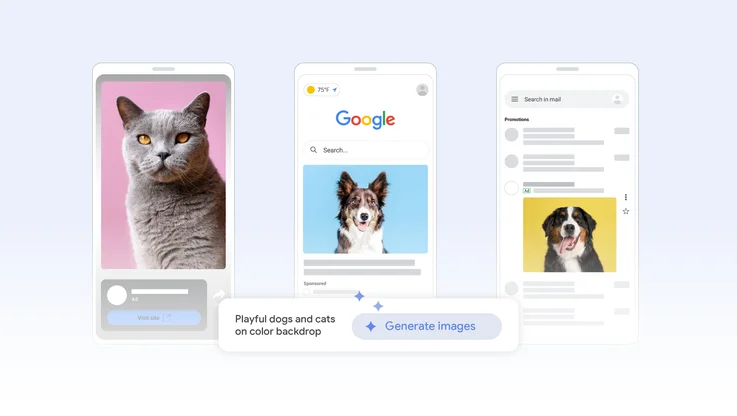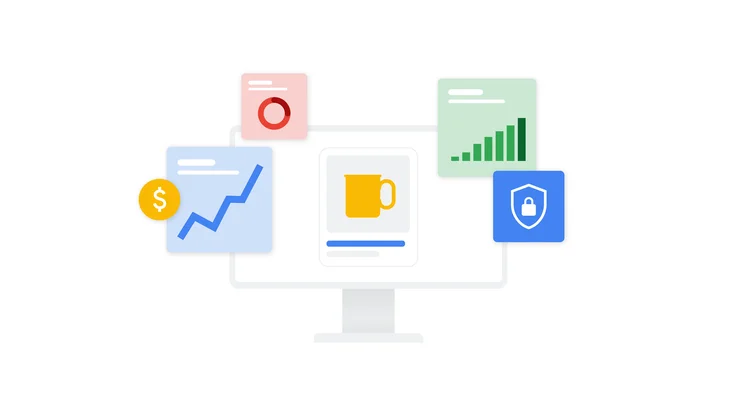Automatically counting cross-device conversions for a more accurate and complete view of performance
Your cross-device conversions will soon be included in the Conversions column automatically to give you the most complete view of performance possible and help you measure the full value of mobile. This will begin rolling out to advertisers starting September 6, 2016. The setting to manually include cross-device conversions in the Conversions column will no longer be available. After August 16, 2016, new AdWords accounts will include cross-device conversions in the Conversions column as the default.
Advertisers across the world and in different industries have measured up to 16% more conversions on average by using cross-device insights to get a more accurate and comprehensive view of performance. Here are stories from advertisers who have improved performance by accounting for cross-device conversions:

Lighting New York, a residential and commercial lighting retailer, has included cross-device conversions as a critical metric for their campaigns and automated bidding. Says Aaron Covaleski, Director of Search Marketing, “Cross-device conversions allows us to fully value mobile traffic and deliver a more aggressive marketing strategy. Armed with this data, we drove 50% year over year growth during our busiest Black Friday and Cyber Monday periods last year. We also strengthened awareness for our brand, and this was reflected in branded searches doubling across mobile and desktop.”

HomeClick, an online retailer of home improvement products, has measured 7% incremental conversions when including cross-device data. As a result, they’ve increased their mobile presence and included mobile clicks in attribution modeling to optimize against a more holistic view of the consumer journey. They’ve also integrated cross-device conversions into their automated bidding. Together, these changes have helped generate 60-70% growth in revenue. According to Matthew Hardgrove, Director of Marketing, "Cross-device conversions helps us understand the greater impact of mobile on our website performance. It provides us with information that has allowed us to open up new opportunities and gain market share from our competitors on a segment of traffic we previously undervalued."

For Ringling Bros. and Barnum & Bailey Circus, its target audience typically converts on desktop, but they also see multiple touch points before then with billboards, radio, TV and most importantly, mobile. “Without cross-device measurement, it’s hard for us to really understand the full customer journey,” says Sam Gomez, VP of digital marketing at Feld Entertainment, Ringling Bros.’ parent company. It used cross-device tracking in AdWords to prove that mobile is a major contributor to driving conversions, and justify doubling down on their mobile strategy. This increased investment has resulted in a 262% uplift in cross-device conversions, 30% rise in ticket sales and a return-on-ad-spend of 1,132%.

U.S. Polo Assn., a clothing and accessories retailer, uses cross-device measurement to help capture the full value of mobile. Working with their agency partners at Elite SEM, it has seen mobile conversions increase over 2x year-over-year alongside a 128% increase in mobile traffic. Says Matt Debnar, VP Ecommerce at U.S. Polo Assn., “Analyzing cross-device conversions produced a major mobile aha-moment. We discovered that mobile was driving 9% more conversions than we initially thought, and improving ROAS by 12%.” U.S. Polo Assn. is now updating their overall marketing strategy to allocate additional budget to mobile. “We know our customers are getting more comfortable shopping on mobile, so these numbers will only continue to rise. Cross-device conversions gives us a more complete picture of search performance and helps us prove the value of our mobile investment.”
Visit the Help Center and read Best Practices to learn more about optimizing for cross-device conversions.
1. Google / Ipsos Connect, March 2016, GPS Omnibus, n=2,013 US online respondents 18+





